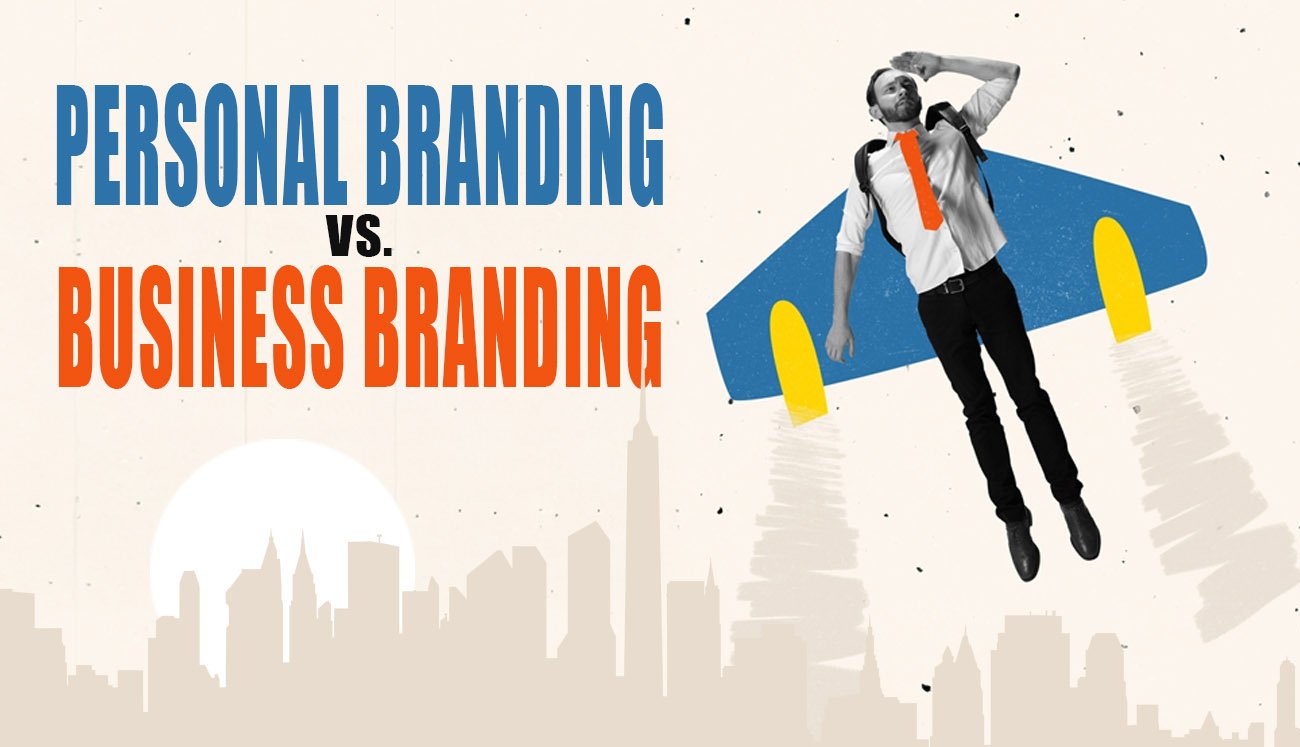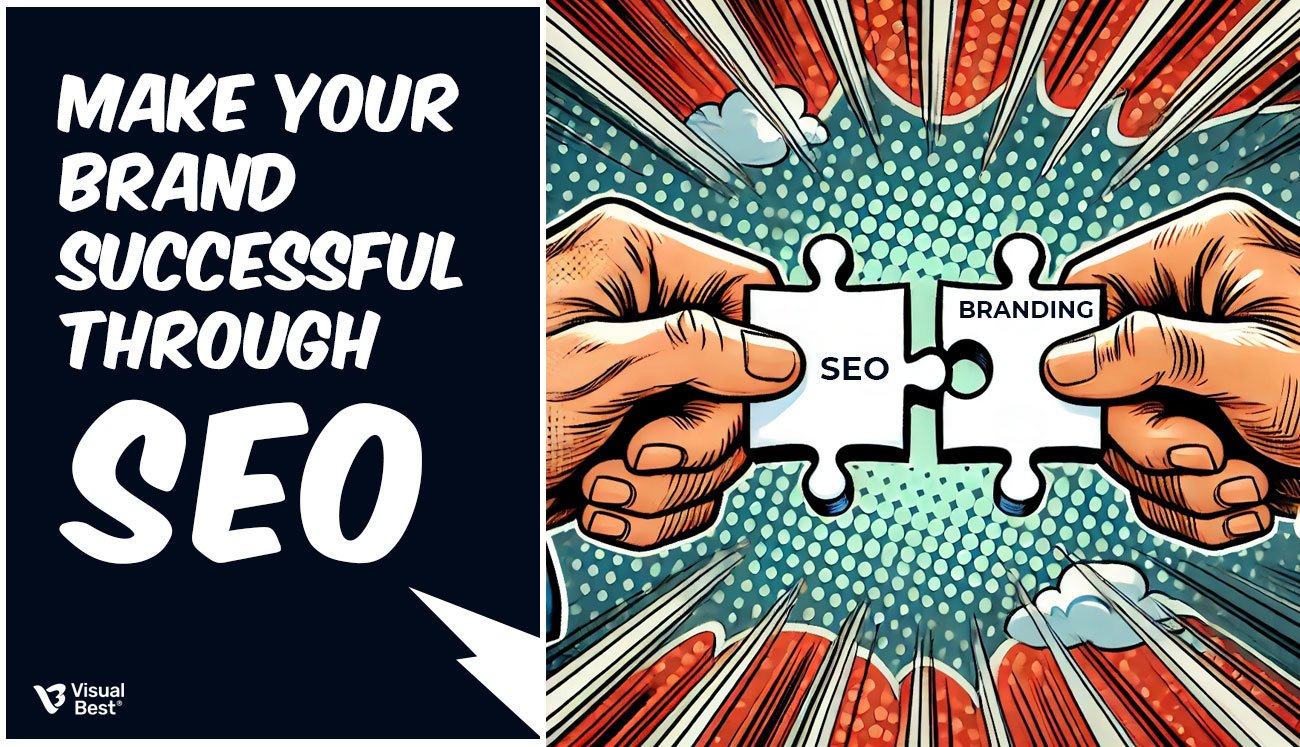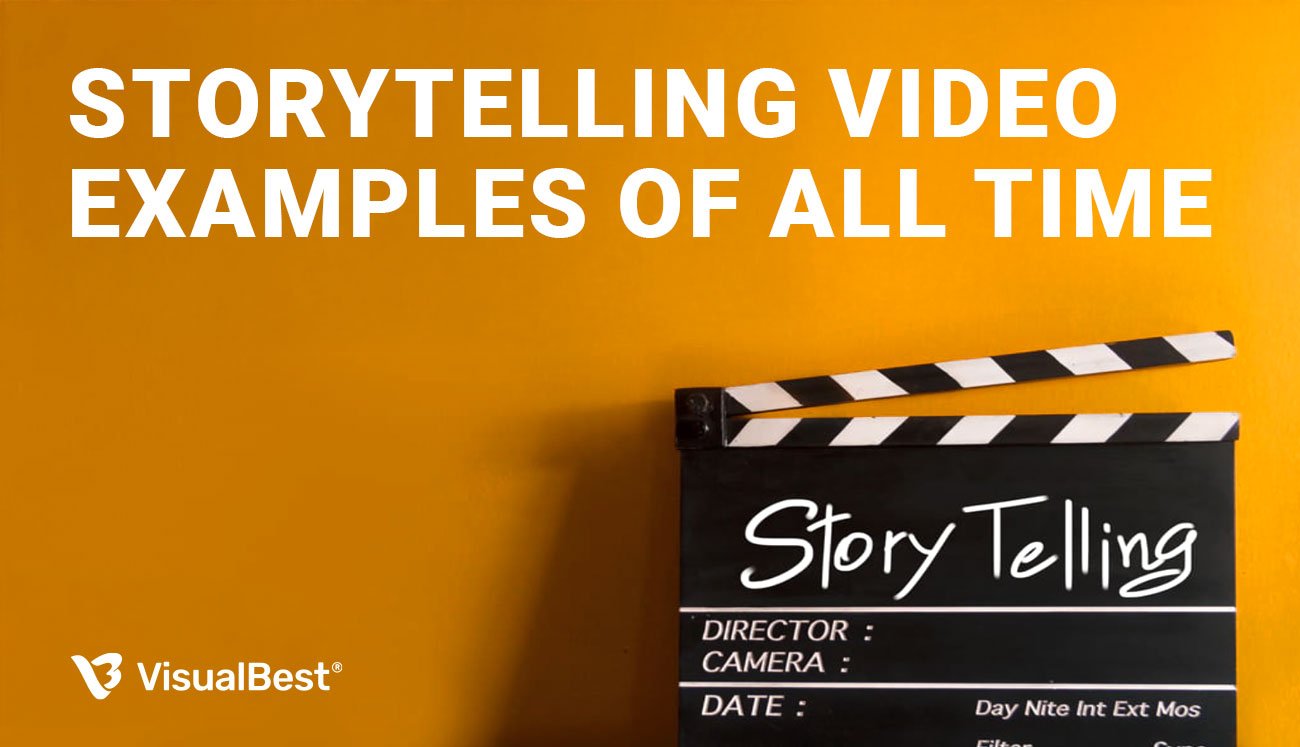Brand Marketing , Branding , Business
How to build a Successful Brand – Steps of Brand Building Process

Building a brand is not as simple as just adding a name and creating a logo. It involves the creation of an identity that incorporates elements of mission, vision, goals, and tone of voice. But, again, it also has to have elements that resonate with your target audience. According to a survey by Nielson, 59% of consumers will buy a new product from a brand they know. So, you will have to compete with major brands who have unlimited budgets and a strong brand presence. This is why you have to stand out – with a strong brand building process.
So, wondering how to build a strong brand? Before we dive in, let’s take a step back to understand what is a brand?

What do you mean by the term brand?
When you think about a brand, it is nothing but a customer’s perception of a business. As per Amazon founder Jeff Bezos, ‘Your brand is what other people say about you when you’re not in the room.’
But this means that building a brand is not that simple. It does not happen overnight or even in a couple of months. You need to have a brand building process in place that needs a strategy.
What is Brand Building? Unraveling the Essence of Brand Development
The generic definition of brand building is to create awareness about your brand by using different campaigns and strategies with the end goal of creating a lasting image in the minds of customers.
The brand building steps can be broken down into three phases:
1) Brand Strategy – Where you convey your promise to help solve a problem and showcase how customers can trust you.
2) Brand Identity – The way you convey the brand strategy to the public. It could be via messages, visuals, or even an experience.
3) Brand Marketing – How you bring awareness to your products or services by connecting its voice to those of your target audiences.
So, now that you know what is brand building, let’s take a look at how you can build your brand in 2025!
The Dynamic Landscape: Steps of Brand Building Process
When building your brand, there are some aspects that you need to map out before you can jump into brand designing and posting.
1. Finding the purpose of your brand:
Did you know that Starbucks has a brand purpose? Although it has become synonymous with coffee in the USA, its brand purpose is ‘to inspire and nurture the human spirit – one person, one cup, and one neighborhood at a time.’

So, when you are defining your brand purpose, you need to ask yourself the following four questions:
- Why does your brand exist?
- What separates your brand from the rest of its competitors?
- What problems does your brand help solve?
- Why should people care about what your brand has to say?
Once you answer these questions, you will have the foundation for your brand and will be able to see its vision, mission, and value proposition clearly. Not only that, it will also give clarity to your target audience when they try to understand what makes your brand unique. In fact, studies show that over 50% of worldwide consumers now buy products based on the company’s brand value.

2. Do your homework about your competitors:
‘Imitation is the biggest form of flattery,’ but not when it comes to your brand building steps. Your goal is to find out what your competitors are doing in the market and to differentiate your brand from them. Think about how they are positioning themselves in front of the target audience and what you can learn from their mistakes.

You can start your competitor research by asking the following questions:
- Is your competitor consistently posting visuals and messages across multiple channels?
- What is the review of the products or services they offer?
- What are the offline and online marketing channels they use?
Start your competitor research with 2 to 4 and look at both local players and benchmark names.
3. Find your people:
The basic foundation for your brand building process is finding your target audience to focus on. Everyone will not always require your brand, so when building your brand, keep in mind who you want to target and tailor your messages to suit them. The main aspect of finding your target audience is to get specific.
You need to be specific enough to figure out their behavior and lifestyle to send them a clear brand message. When trying to figure out your brand personas, you can document their age, gender, education, income, and location. If you want to define your buyer persona more, you can even look at their goals, fears, motivations, desires, pain points, and brand affinities.
4. Setting your brand vision and mission:
Before you start promoting your brand to your target audience, you need to explain your brand vision and mission to them. Your brand vision is an aspirational message that you want to achieve in the future. On the other hand, the mission is an everyday statement of commitment that will help you achieve your vision. After you have these in place, everything you do, from your logo to your voice to your brand personality, will be a reflection of the vision and mission of your brand.
5. Give your brand a unique voice:
Your brand’s voice will depend on the mission, industry, and type of audience you cater too. It will be how you communicate with your customers and how they react to you. Your brand voice could be anything, from professional to friendly, from technical to informative. There are never-ending possibilities and adjectives for your brand voice, but ultimately, it will depend on what resonates with your target audience.
One of the best brand voice examples is that of Harley Davidson. Most people would not associate the adjective ‘aggressive’ with a brand. But, the motorcycle company shows that for the right product and with the right audience, there is no word that cannot work. The brand has quite a challenging and aggressive brand voice to showcase the power of its products, the Harley Davidson bikes. In contrast, this may not work for other brands it definitely does for the riding community.
6. Your brand personality matters:
People no longer look for direct competitors of brands; rather, they want experiences tailored to their needs that are backed by personal associations. This is where your brand personality will shine by standing out from your competitors. Your brand personality could be any of the following:
- Spontaneous
- Fun
- Serious
- Formal
- Friendly
- Classic
- Guide
- Reserved
- Quirky
- Eclectic
But remember to keep your brand personality the same across all marketing channels.
One brand that has a unique personality is TOMS. The brand has a sense of caring not only through its visuals but through its actions. Just ask the 100 million people they have helped.
7. Design an effective brand style:
When you plan your brand, visuals are an important aspect that you need to build as well. But before you go into the creatives, you need a logo that will resonate with your brand. Your logo is the brand’s official spokesperson. It will be on your calling card and any visual design you send out. So, invest some time and money in creating an outstanding logo that will help reinforce your brand identity. Other aspects that your brand style should include are the color palette, font and typography, photographs, iconography, and web elements.

Long-Term Benefits of Building Your Brand
1. Improving customer recognition:
We live in a visual world where everything is based on lights, sounds, and effects. So, to gain customer recognition, it is important to have a consistent brand colour. These colours are what people see and remember about your brand (think about Pepsi blue). It could be something as minimal as a tick mark (Nike) or as bold as neon colours.

2. Increase the credibility of your brand:
We all have trust issues when it comes to trying something new. So, why shouldn’t that be the case when it comes to brands? However, a strong brand image can set you apart as customers will start resonating with your values.
3. Stay ahead of your competitors:
If you are just starting out in the market, there are bound to be hundreds of competitors in your field. So, when you offer a unique and personal branding style, it will attract the right customers.
4. Increase customer loyalty:
Once a customer recognizes your brand and you keep your brand image intact, they will always keep coming back to you. Having a good brand image mixed with great products is the making of a company that will stay relevant for a long time. One of the biggest examples of customer loyalty is Apple. Just check their customer loyalty when a new iPhone hits the market.

5. Your Brand Equity grows:
One of the biggest benefits of branding is that it helps launch new products and services easily. A study conducted by Strategy Analytics saw the rise and rise of Airpods from its launch in 2018. Currently, wireless headphones have over 50% market share, and that is all thanks to its loyal iPhone users.
So, can the brand building process really help your business?
When it comes to the entire brand building process, as a business owner, it is one of the most important decisions you will be making for your company. This is because your brand image, story, mission, vision, and voice will all be what your audience remembers you by. Consider how we remember the blue of the Pepsi or the logo of a BMW. Once people start recognizing and trusting your brand, it is only a matter of time before you achieve success.
So, start your brand journey by finding the purpose of your brand. Once that is set, establish your brand personality, voice, and story, and get to integrating them with your business.
FAQ
How can you build a strong brand?
If you want to build a strong brand, then you will need to understand your audience, analyze your competitors, create a unique brand style, and consistently remind your audience about it. Make sure that you have a proper mission and vision that you follow through.
What makes a good brand promise?
Brand promise is a set of expectations that you want your company to achieve. It is something that reminds people of your brand, especially when they use your products.
What is the first step in building a good brand?
The first step in building a good brand is to have a strong vision and mission statement. This will help decide your overall company culture.
 +91 96504 08093
+91 96504 08093















